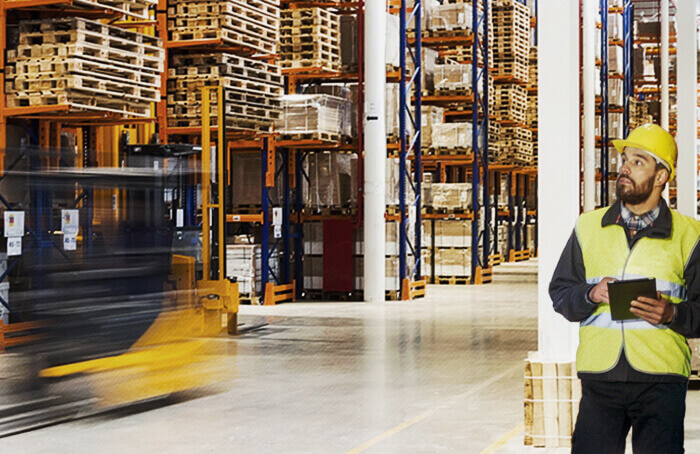
Maintenance | Inspections
Is your warehouse safe?
Not sure if your storage facility is compliant? Contact one of our friendly team members today and we can help. Phone 0508 668 256 or email info@novalok.co.nz to get in touch.
Regular maintenance and inspections help to extend the life span of systems – saving you in the long term.
It is a legal obligation to ensure employees work in a safe environment and that workplaces are fully compliant with Health and Safety regulations.
Regulatory authorities recommend that racking inspections are conducted at least annually in accordance with AS/NZ 4084:2012.
Our auditing and compliance program.
Our step-by-step program is designed to ensure your storage facility is compliant. Inspections are conducted in accordance with the regulation standard AS/NZS 4084:2012 and relevant NZ building codes.
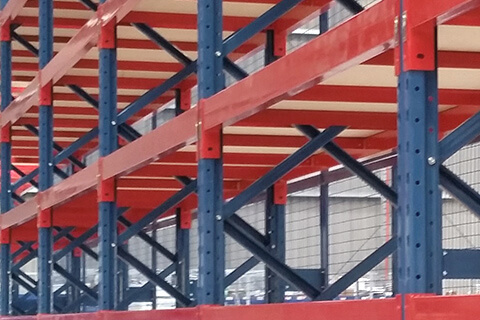
1. SITE VISIT
Ring Novalok for a site visit & possible audit.
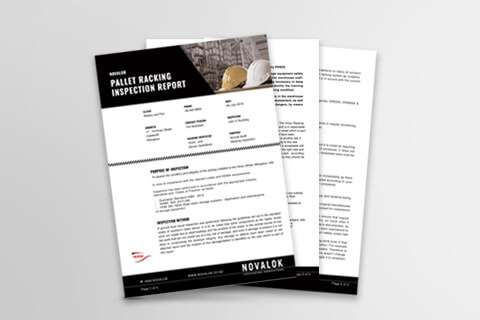
2. REPORT AND ACTION PLAN
Removal
Repairs & replacements

3. REMEDIAL WORK
Completion of remedial work and certificate of health issued.
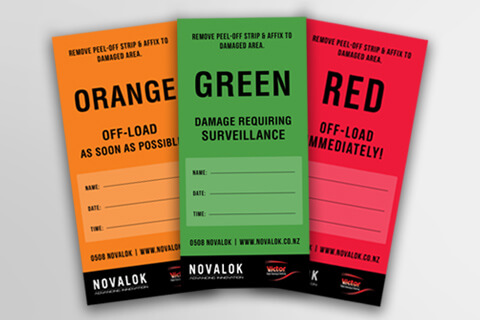
4. ONGOING MAINTENANCE
Maintenance programs + monitoring systems established.

Ring Novalok for a site visit & possible audit.
1. Site Visit
Considering for, and depending on the condition of the racking, anchor points, support slab, the immediate surroundings and operational conditions (including egress points, lighting, and existing fire arrest systems) the initial site visit will enable the auditor to determine whether or not it is viable to proceed with a “Primary Audit” involving the existing racking structure(s). If total replacement is the best way forward this will be recommended.
Removal | Repairs | Replacements
2. Report & Action Plan
Following the decision to proceed with an audit (which will be implemented on the back of a client’s acceptance of proposal) an auditor will make contact to implement this. The primary audit report helps facilitates a “blue print” call to action. The audit is an information gathering process. This will generally include the following;
1. Establishing (if any) and reviewing all/any historic compliance certification on record that relates directly to the original build.
2. Clarification by the owner/customer of the dates the original build took place, age of structure.
3. Review and report of the actual structures, in their current condition, including isolating and recording damage, existing anchor method and condition, detailing layouts/footprints, structure configurations, egress points, lighting, and any existing fire arrest systems etc.
4. Clarification and review of existing operator practices incl. typical loading requirements and activities that the structures are exposed to.
5. Retrieving all existing site/lot/DP and building plans, including any geotechnical reports, soil type and slab detailing, concrete MPa etc. Owner/site tenant responsible to provide this to the auditor.
6. Review of site specific recommendations for certification required for gaining compliance. PS and/or COA certification (incl. consideration of NZ B code – Stability. B1 Structure, B2 Durability. It’s up to the local council, but a certificate of acceptance can usually be issued following completion of the audit process which includes any ensuing remedial repairs required as per the primary inspection).

Certificate of health issued.
3. Remedial Work
Based on the findings of the audit report and supporting documents a proposal will be drawn up for review and acceptance by the client. This forms the blue-print to cover the actions plus associated costs to gain the necessary compliance and certification. This will be time framed and consider for the safe and practical ongoing operation of the facility and people. On acceptance to proceed all necessary removal, repair, remedial works will then commence and flow through to completion. Subsequently all appropriate certification will be completed and filed. Initial compliance will be gained with a “Certificate of Health” issued.
H&S Requirements.
4. Ongoing Maintenance
A further proposal will be presented for the facilitation of ongoing periodic audits. These can include a maintenance program to maintain compliance plus additional consideration for H&S requirements and safe operational practices. Novalok has a report+ sticker monitoring system for managing racking damages and maintenance. This can be incorporated as an internal process that the operators manage or Novalok can offer to run this externally.
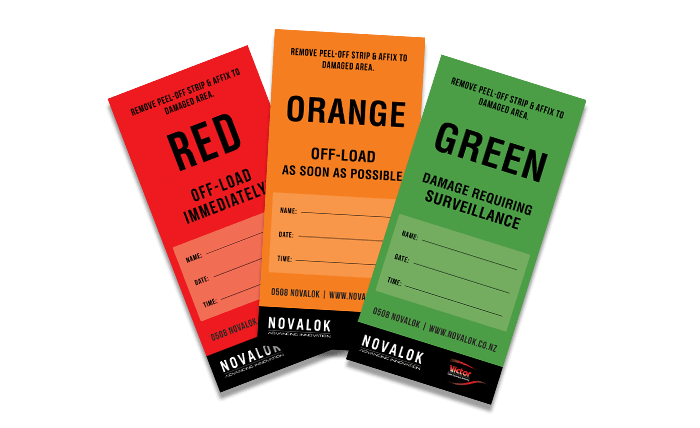

FAQ’s
Yes. European standard EN 15635 Steel Static Storage Systems – Application and Maintenance of Storage Equipment provides instruction regarding the inspection of racking structures. Section 9.4.2.3 Expert Inspections, states “A technically competent person shall carry out inspections at intervals no more than 12 months. A written report shall be submitted to the PRSES with observations and proposals for any action necessary.”
Yes you need to make visual inspections. EN15635 section 9.4.2.2 Visual Inspections states that “the PRSES (Person responsible for storage equipment safety) shall ensure that inspections are made at weekly or other regular intervals based on a risk assessment. A formal written record shall be maintained.”
No. It is perfectly fine for your team to carry out your weekly visual inspections but we recommend that this is carried out by a competent person (3rd party). If you need some help training your team to do the visual inspections we can help. The annual inspections should be carried out by a technically competent person.
Novalok by Shelving Shop Group Ltd.
Contact Us.
For an obligation-free quote, to discuss your requirements or to receive our technical advice, please use the enquiry form, or feel free to give us a call.
